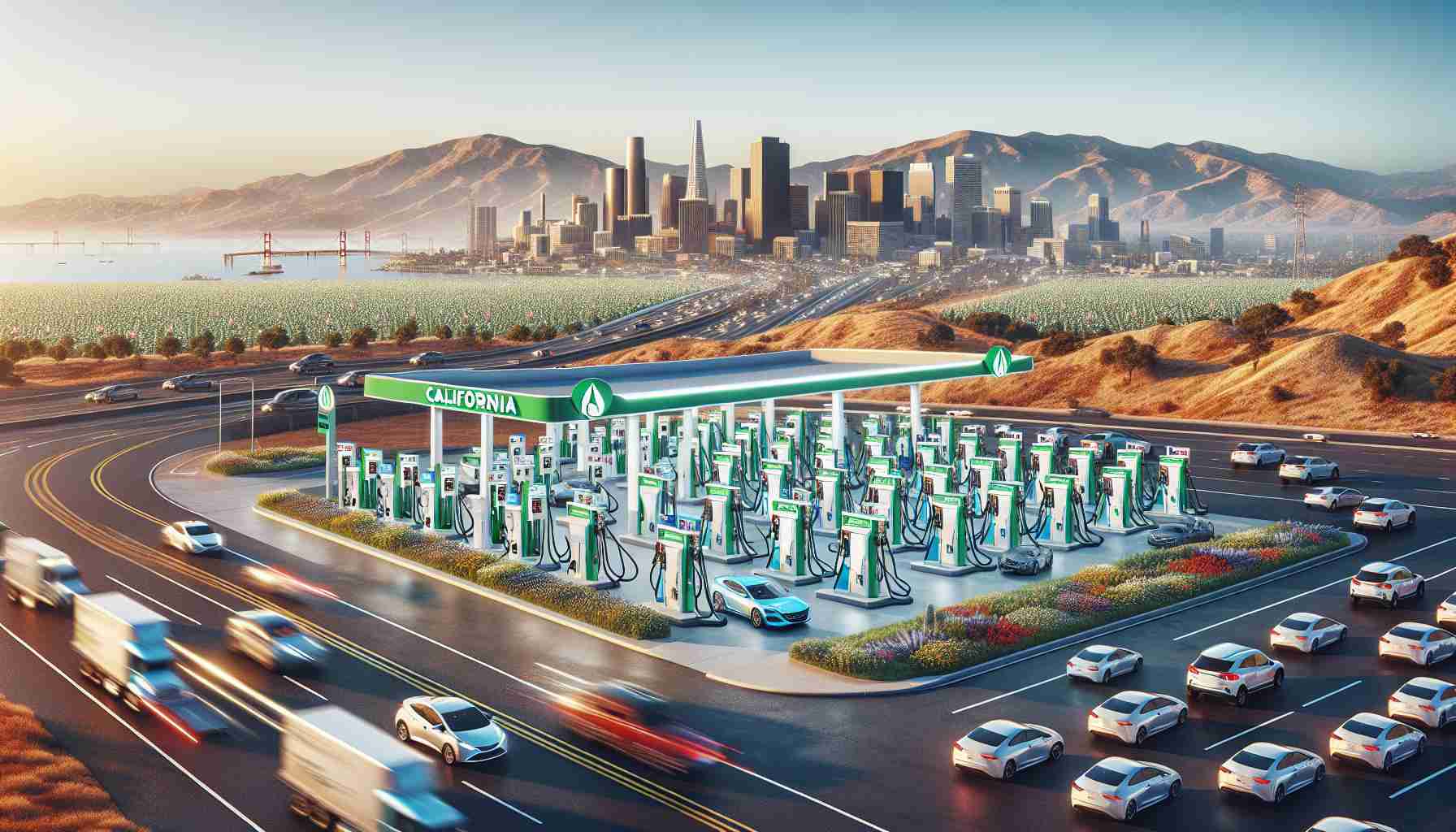California’s determination to advance hydrogen projects is unwavering, according to a recent statement from a key industry hub. The focus on hydrogen energy is a critical aspect of the state’s broader strategy to promote sustainable practices and reduce carbon emissions.
In July 2024, Governor Gavin Newsom publicly introduced the ARCHES initiative, which represents a significant step forward in California’s efforts to harness the potential of hydrogen fuel. This ambitious program aims to facilitate the development of hydrogen technology and infrastructure, regardless of political shifts that may occur in the future.
Under Gov. Newsom’s leadership, the state is prioritizing innovative energy solutions, recognizing the vital role of hydrogen as a cleaner energy source. The commitment to forge ahead with hydrogen projects highlights California’s resolve to maintain its position as a leader in renewable energy and climate action.
The HUB’s assurance reflects a collective optimism within the industry, emphasizing that the progress of hydrogen initiatives is linked to a long-term vision for sustainable energy, rather than temporary political circumstances. As California continues to navigate the complexities of energy transformation, its focus on hydrogen signifies the importance of collaboration between government and industry to achieve a greener future.
With these initiatives in motion, California is set to make substantial advancements in hydrogen fuel technology, which promises to reshape the state’s energy landscape.
Unlocking the Power of Hydrogen: Tips, Hacks, and Interesting Facts
In light of California’s commitment to advancing hydrogen projects, it’s essential to not only understand the implications of these initiatives but also to explore practical ways to incorporate hydrogen energy into our daily lives. This article provides tips, life hacks, and intriguing facts about hydrogen that can inspire readers to engage with this revolutionary energy source.
1. Understanding Hydrogen Energy
Hydrogen is the most abundant element in the universe and has a high energy density, making it an excellent fuel source. It can be produced from various resources, including water and natural gas, and burns cleanly, emitting only water vapor when used in fuel cells. This means embracing hydrogen energy not only helps in reducing carbon footprints but also supports a sustainable future.
2. Explore Hydrogen Fuel Cell Vehicles
Consider transitioning to a hydrogen fuel cell vehicle (FCV). These vehicles function similarly to electric cars but are refueled with hydrogen. They offer quick refueling times and long ranges, making them convenient for daily use. Check for local hydrogen refueling stations and discover how switching to an FCV can make a positive impact on the environment.
3. Stay Informed about Government Initiatives
Keeping yourself updated on government initiatives, such as California’s ARCHES program, can help you understand the landscape of hydrogen energy better. Awareness of these programs can empower you to participate in local hydrogen initiatives, community discussions, or clean energy advocacy efforts.
4. Consider Home Hydrogen Energy Solutions
Research the possibilities of integrating hydrogen as a renewable energy source in your home. As technology advances, solutions like hydrogen generators are becoming more accessible. These systems can utilize water to produce hydrogen, which in turn can power fuel cells for heating or electricity.
5. Participate in Local Renewable Energy Programs
Engage with local renewable energy programs that focus on hydrogen technology. Many communities are beginning to offer workshops, community events, and informative sessions regarding hydrogen energy. Participating in these events not only widens your knowledge but also connects you with others who are passionate about sustainable energy.
6. Fun Facts about Hydrogen
– Did you know that hydrogen is a key component in the process of creating ammonia, which is essential for fertilizers?
– Hydrogen can be produced with electricity from renewable sources, such as wind or solar power, creating a truly sustainable energy cycle.
– The first hydrogen-powered vehicle, the BMW Hydrogen 7, was introduced in 2007, showcasing the early interest in this non-polluting fuel source.
7. Community and Collaborative Initiatives
In California, the focus on collaboration is a cornerstone of hydrogen advancement. Joining local energy groups or forums can foster exciting discussions and partnerships. Initiatives that promote sharing of knowledge and technology can elevate the conversation around hydrogen energy and push for collective action.
As California continues to lead the charge in hydrogen energy and infrastructure, it provides an inspiring model for sustainable practices worldwide. By incorporating these tips and sharing the knowledge about hydrogen, we can all contribute to a cleaner future.
For more insights on hydrogen energy and renewable resources, visit California Energy Commission.

